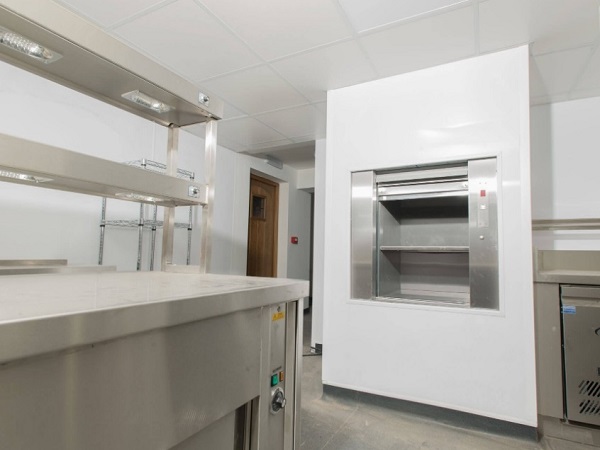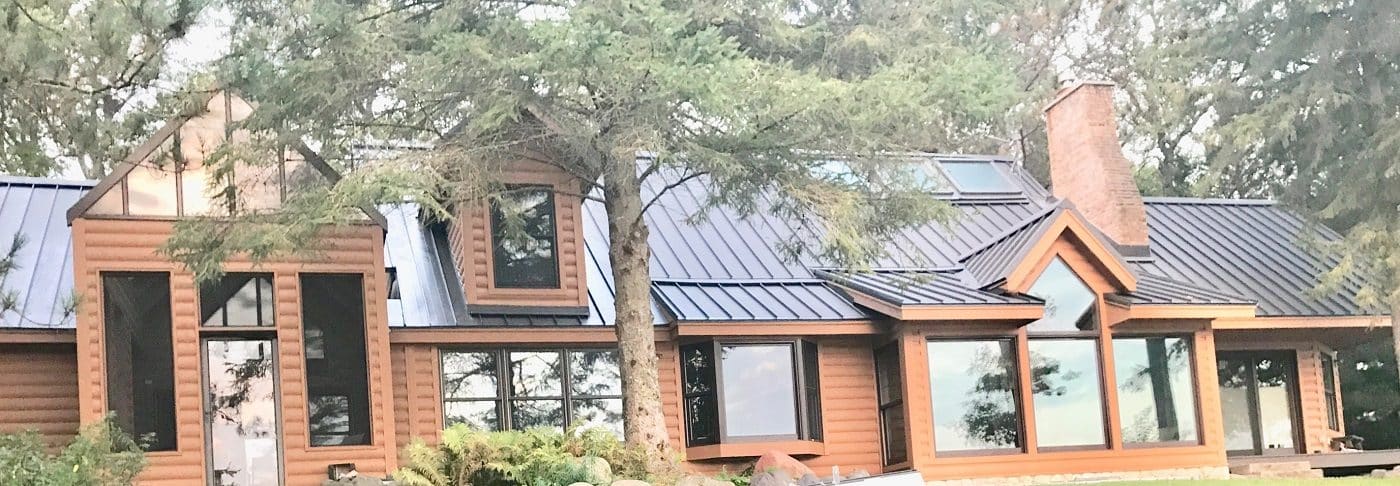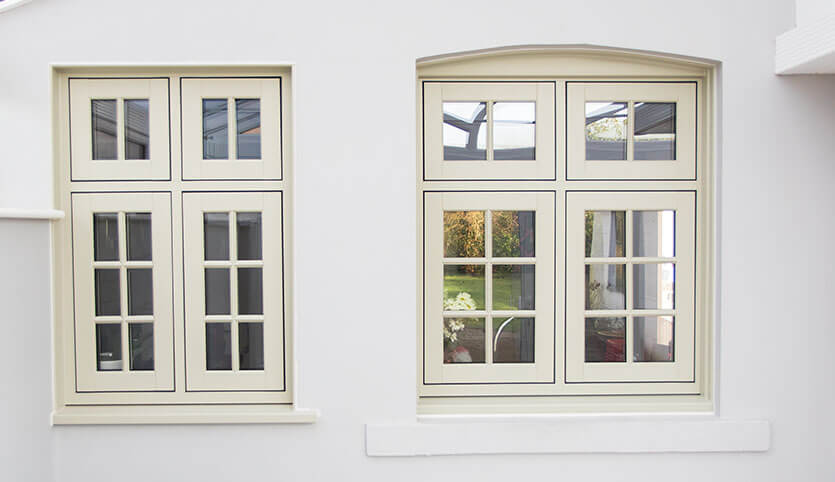
Your home is a valuable asset, but more importantly, it’s where your family feels most comfortable, safe, and secure.
However, while your family may feel protected inside your house—it doesn’t mean your property is as safe as possible. There are several security measures even the most proactive homeowner can overlook that, unfortunately, can have catastrophic consequences.
Fortunately, improving your home’s defenses isn’t difficult—it just takes time and dedication. Follow these tips to boost your property’s security, so you can have complete confidence about your family’s safety in any situation.
Tips for Improving Your Home’s Safety & Security
Evaluate Your Homeowners Insurance
While improving your home’s safety, review your homeowner’s insurance policy to understand what is covered, and consider purchasing additional coverage if necessary.
Most homeowners are required to obtain a policy that covers fire, wind, hail, and non-weather-related water damage (like a pipe bursting). Still, this policy usually doesn’t cover flooding from outside sources (like an ocean, river, or lake). Insurance can’t prevent losses, but it can provide peace of mind that your property is covered during a catastrophic disaster.
Install a Home Security System
Though most homeowners know that home security systems can deter and alert against intruders, few know that new systems can also detect fire, smoke, carbon monoxide, and water leaks—making these systems an all-in-one investment.
Furthermore, modern home security system technology allows for advanced features, like being able to control lights, locks, and thermostats—often from a smartphone app! If you don’t have one of these systems (or your current system is outdated), it may be time for a new and improved one.
Eliminate Household Hazards
Your home has hundreds of potential dangers for children, elderly family members, and guests. Eliminate or safely store the following hazards to improve the safety of your property:
- Tripping Hazards — Common tripping threats include loose cords and rugs, poorly-lit staircases, clutter, and uneven surfaces, like sidewalks, driveways, or potholes.
- Hazardous Substances — Obvious toxic substances include furniture polish, antifreeze, and bleach. Less obvious (and often more insidious) poisonous substances include laundry pods, dishwasher pods, and any cleaning substance that isn’t properly labeled and stored away from children and pets.
- Prescription Medications — Most unintentional poisoning from prescription drugs and over-the-counter medications is preventable. Keep medicine like Tylenol, Tums, and Advil in an out-of-reach place for kids and dispose of unused prescription medication through a drug disposal program.
- Fire Risks — Frayed wires, extension cords, overloaded outlets, and faulty electrical systems are all significant fire hazards, in addition to more obvious culprits, like candles and aging kitchen appliances.
Test Smoke & Carbon Monoxide Detectors
Smoke and carbon monoxide detectors are life-saving devices that should be present in all homes. Test each detector monthly to ensure it’s working correctly—they usually have a “test button.” Even if they’re in good working order, detectors should be replaced every ten years, and batteries should be tested (and replaced) twice a year.
You might also consider upgrading your smoke detectors to modern internet-connected devices, so they can alert you of a fire (and contact the fire department) even if you’re not home.
Deter Burglars with Security Cameras
Deadbolts and a home security system are great investments if someone tries to break into your home. However, you can often deter burglars before they get any idea about breaking in with proper security measures.
First, install security cameras around obvious entry points, like your front door, back patio, windows, or garage. Doorbell cameras, like Ring and Nest, are easy to set up, effective, and can be monitored from a smartphone even while you’re away.
Lighting is also a great way to deter burglars—both inside and outside your home. For example, you can install motion-sensor floodlights that turn on when motion is detected to startle and scare off unwanted guests. You might also consider programming your security system to randomly turn on interior lights when you’re away to make it look like your home is occupied.
Review Your Home’s Heating System
Burns, fires, and carbon monoxide poisoning can almost always be prevented by regularly maintaining and inspecting heat sources. Keep outside ventilation clear of obstructions, hire a chimney sweep annually, inspect wood-burning stoves at least twice a month, inspect water heaters annually, and keep flammable objects away from heat sources.
Keep one fire extinguisher in your kitchen and at least one on each floor of your home. Ensure all adults (and older children) in your household know how to use a fire extinguisher, and replace extinguishers when necessary.
Inspect Your Home’s Exterior for Vulnerabilities
Even if you’re vigilant about mitigating safety and security risks inside your home—neglecting the exterior can be a cause for concern.
For example, neglected roofing with loose, cracked, or missing shingles can lead to costly leaks and moisture damage. Outdated windows that are difficult to open and close without a proper latch can make it difficult to escape during a fire, but provide an accessible entry point for intruders. Loose or cracked siding boards allow pests like birds, rodents, and insects to burrow behind your exterior and can cause immeasurable structural damage. Clogged gutters can result in thousands of dollars in water damage to your foundation, basement, and crawlspaces.
New roofing, siding, or windows are often imperative to keep your home safe and protected. Consider installing Pella windows or James Hardie fiber cement siding with John McCarter Construction for long-lasting performance and beautiful curb appeal.
Protect Your Michigan Home with John McCarter Construction
While you’re working diligently to improve your home’s safety from the inside, let our team at John McCarter Construction focus on all your exterior remodeling needs—from siding and window replacement to roofing and door installation.
Learn more about the home remodeling services we offer, and when you’re ready to invest in your home’s security, give us a call. Rest assured—we value your family’s safety just as much as you!





